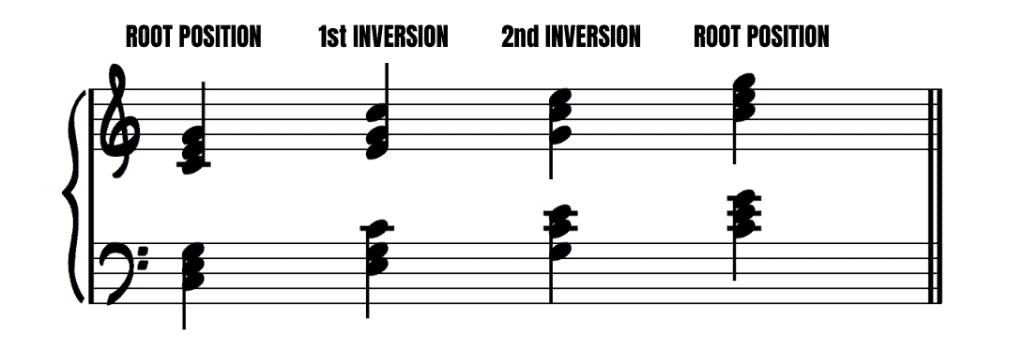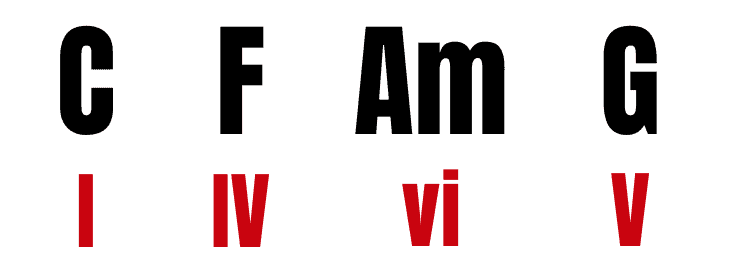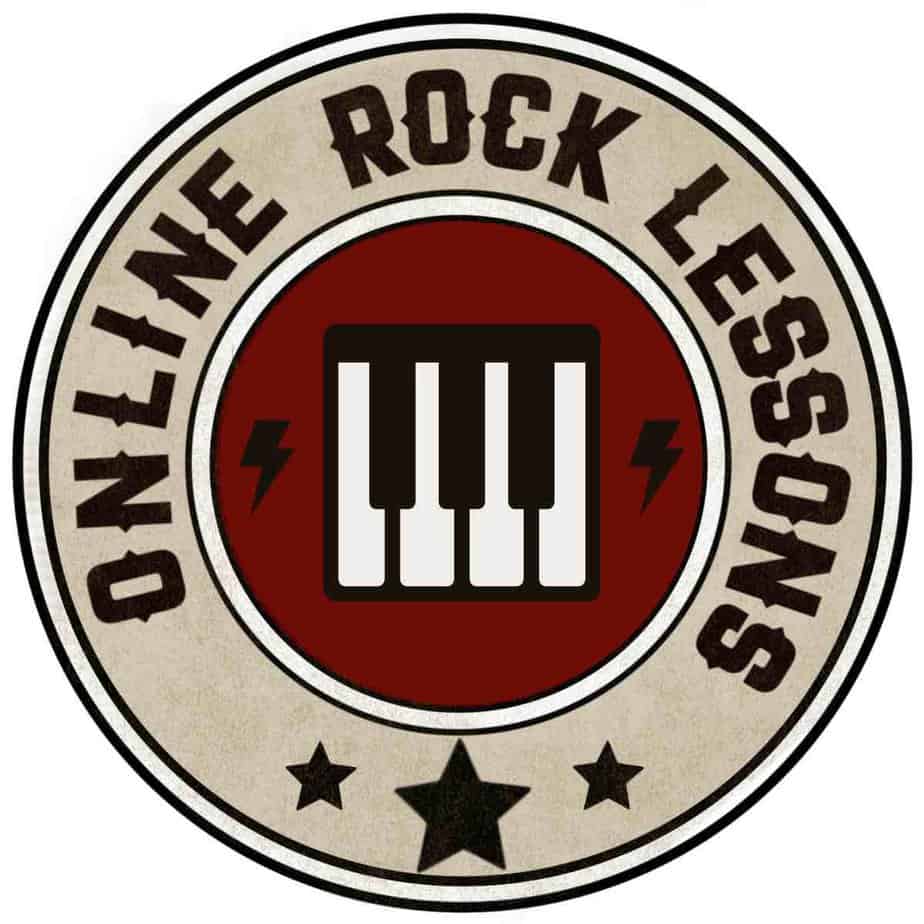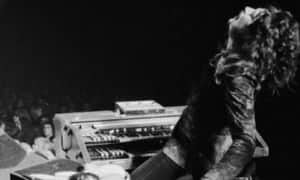Always wondered what are the best ways to practice chords at the piano? In this lesson I will be teaching you 4 different ways to practice your chords.
Way #1: Chord Inversions
The first way to efficiently practice your chords is by playing them in all inversions.
What Are Chord Inversions?
Chord inversions occur when you change a chord’s note order. Triads can be played in three different ways since they contain 3 notes. The root position, the first inversion and the second inversion are the three different options.
Let’s use the C major chord to further explain this concept. In the root position, the order of the notes are C, E and G. In the first inversion, the order of the notes are E, G and C. In the second inversion, the order of the notes are G, C and E.

Chord Inversion Exercise
A great way to practice these is to play your chords in the root position, then in the first inversion, then in the second inversion and then back again to the root position. You can do this exercise on two octaves or even go all the way from the lower register to the higher register. Make sure you practice this exercise going up and down. You can start one hand at a time and when you are ready, you can play both hands at the same time.
Let’s try this exercise with the F chord. The order of the notes of the root position is F, A and C. The order of the notes of the first inversion is A, C and F. The order of the second inversion is C, F and A. As mentioned earlier, you can practice these on two octaves or on the whole piano register.

This exercise is great to memorize and understand the notes of a new chord quickly.
Way #2: Broken Chords
The second way to practice your triads is by playing broken chords.
What Are Broken Chords?
Playing a broken chord is playing the regular notes of the chord, but one after the other, instead of all of them at the same time.
Let’s use the C major chord. Instead of playing C, E and G at the same time, you simply play these notes one at a time.
Broken Chord Exercise
Let’s try this exercise with the C major chord. You start by playing the notes of the root position, C, E and G, one note at a time. Then still one note at a time, you play the notes of the first inversion E, G and C. Then you do the same for the second chord inversion. This exercise can be executed on two octaves or even on the whole piano register. Make sure to practice this exercise going up and down. You can start one hand at a time and then both hands together.
With the C major chord, the order of the notes will be C, E, G (which is the root position), E, G, C (which is the first inversion), G, C, E (which is the second inversion), etc.

Way #3: Chord Progressions
The third way to practice your chords is to play them using chord progressions.
What Are Chord Progressions?
A chord progression is a series of chords that sounds good together. It is built using the different degrees of a scale.
For example, in the C major scale, the chord associated with the first degree is C, the second is Dm, the third is Em, the fourth is F, the fifth is G, the sixth is Am and the seventh is Bm flat 5.
If you need further explanation on chord progressions, there is a whole video dedicated to this very topic that you can find here.
Chord Progression Exercise
For this exercise, we will use the I-IV-vi-V chord progression. In the C major key, the I-IV-vi-V progression is C-F-Am-G.

You can practice this progression in many different ways. You can start by playing the chords with both hands in the root position. Then, you can play chords with your right hand still in the root position and play the bass (the root note) with your left hand like we often do when playing songs. Once you have mastered these two ways, you can start playing your chords using the inversions we practiced in the first exercise. Using the chord inversions ensures the usage of the best voicings possible. After having mastered this progression you can always choose a new progression.
The chord progression exercise with inversions is great because it is a fun sounding exercise and it forces you to really think about the notes of each chord.
Way #4: Transposition
The last way to practice your chords is to transpose all three exercises above in all keys. This means practicing your chord inversions, your broken chords and your chord progressions in all keys.
Make sure you practice these exercises with a metronome to keep track of your progress and to have fun!
Text Transcription by Andreane Boucher


Founder of Online Rock Lessons, Marine is the keyboardist for Uncle Kracker, Corey Hart and Highway Hunters.
With over 20 years of experience in show business, Marine is launching the first Canadian Music School dedicated to rock and blues lovers.






Questions